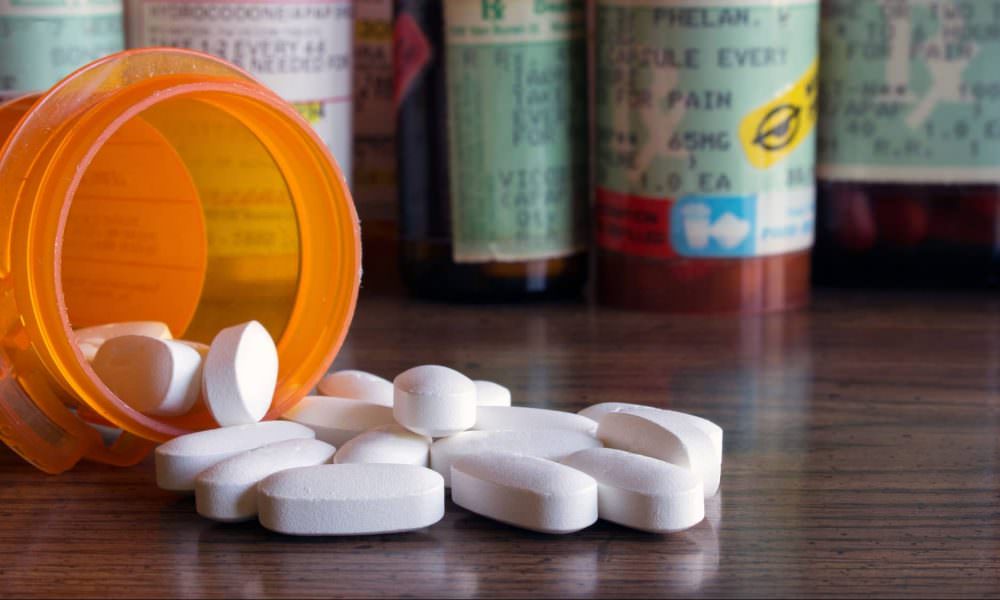There’s nothing in the history of the United States that has caused as much pain and suffering as the opiate epidemic. What started as an over-prescribing of opiates for pain relief and other various issues quickly turned into a deadly addiction problem that doesn’t discriminate against who it terrorizes.
If you suspect that someone you love might be suffering from an opiate pain pill addiction, keep reading. We’ll talk a little more about the opiate epidemic, the signs of abuse, and what you can do to help.
Prescription Opiates Addiction Statistics
Before we dig into the details of who opiate pill addiction hurts, let’s take a look at how we got here.
The opiate epidemic is the term for the wave of opiate addiction, abuse, and overdose that the United States has dealt with for the last 20 years. And while it’s a complicated subject to unpack, we can trace the majority of the addiction we see today back to an event that happened in 1995.
That was the year that a pharmaceutical company introduced OxyContin and called it a “less-addictive opioid pill.” After years of dealing with mismanagement of pain medications, the medical world took this information and ran with it.
From there, doctors prescribed OxyContin to more and more people every day. However, as we now know, there’s nothing “less addictive” about OxyContin. And over the next 20 years, the United States saw a spike in the number of overdoses and addictions.

Fast forward to 2017, and the United States declared the opiate problem an epidemic and labeled it as a public health crisis.
According to the CDC, every day, over 130 Americans die from an opioid overdose. But even worse, the misuse or abuse of prescription opioids impacts the lives of over 2 million Americans.
That’s just the prescription opioids. There are a vast number of synthetic or street opioids out there, as well. It’s also important to consider the abuse, addiction, and overdose that isn’t reported.
Who Does the Opiate Pill Addiction Effect?
One of the most devastating parts of the opiate epidemic is that it doesn’t discriminate. No one is immune. However, the people who are most likely to be affected are the people who live in the poor areas of our country.
Why do our poor regions have such a problem with opiates? There are several reasons.
Most of the time, the more impoverished areas of the country don’t have the same access to quality health care as the others do. According to the Department of Health and Human Services, doctors tend to prescribe opioids to people who receive Medicaid.
What’s important to note about that fact is that these same people who receive these opioids through Medicaid don’t have access to the same treatment options.
Of course, as we mentioned, anyone can suffer from an opiate pill addiction. That’s what makes this epidemic so scary.
Signs of Prescription Opiates Abuse
Everyone’s body will handle addiction differently. So some of these signs of opiate pill addiction and abuse will vary between people.
Some of the physical symptoms of prescription opiate abuse are:
- Sweating
- Constipation
- Slowed breathing
- Hypotension
- Loss of coordination
- Confusion
- Depression
While these are some of the physical symptoms, there are several behavioral symptoms of opiate addiction.
If a person goes “doctor shopping,” which means that they jump from doctor to doctor until they find one that will prescribe them with the medication they want, it’s a sign of addiction. Also, stealing prescription medication from someone close is another sign.
If a person goes to the hospital repeatedly complaining of pain, it could be out of a desire to acquire more drugs, too.
Over time, these behaviors can lead to financial problems, resorting to buying drugs off the street, and legal issues down the road.
Am I Addicted?
If a doctor has prescribed you with an opioid pill and you’re not sure if you’re addicted or not, it can be a scary thing. But there is a difference between abuse and addiction as long as you’re taking your medication as prescribed and nothing more, you’re probably in the clear.
However, if you’re taking more than recommended, you’re abusing the opiate medication.
When does that abuse turn into addiction?
If you feel as though you can’t function without opiates, you’re probably dealing with addiction.
Dangers of Prescription Opiates Abuse
Opiates are incredibly harmful because they’re highly addictive.
At first, taking opiates will provide the user with a feeling of euphoria, relief from pain, sleepiness, and eventually sedation. Over time, opiates cause your brain to release dopamine, making you feel good.
However, it comes with a price. That sleepy feeling quickly turns to lethargy and slowing of breath. It can also cause a sense of paranoia and an upset stomach.
Over time, as you consume more and more of the drug, you’ll get constipated, your liver will feel the effects of the medication, and you’ll develop a tolerance to it. Eventually, you’ll need more to get that same good feeling.
But when you take more, you risk overdose, which is what brings us to death. And that’s why opiates are one of the most deadly drugs out there.
Get Help for Pill Addiction
If you or someone you love suffers from a prescription opiate pill addiction, you’re not alone. Millions of people all across America are dealing with the same issues. Help is out there.
Many different, science-based treatment programs can help you or your loved one wean off of opiates and develop the life tools they need to get and stay sober.
For more information about recovery from prescription opiate addiction,?contact us today.

